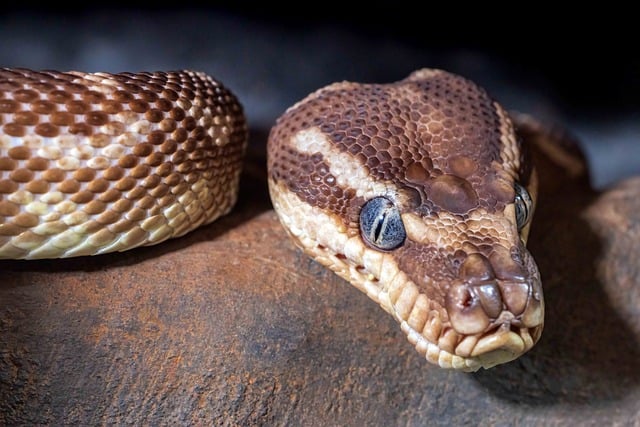
Newborn Vision At 6 Weeks
Introduction
The development of vision in newborns is a gradual process that unfolds significantly during the first year of life. By the time an infant reaches six weeks of age, notable changes in their visual capabilities are evident. Understanding these changes is crucial for parents and caregivers as they support their child's growth and development.
Visual Development Milestones
At six weeks, a baby's vision is still developing, but several key milestones can be observed:
- Distance Vision: Newborns can see objects best at a distance of about 8 to 10 inches. By six weeks, this distance increases slightly, allowing the infant to focus on objects approximately 12 inches away.
- Color Vision: One week after birth, infants begin to develop color vision. By six weeks, they can perceive a range of colors, although their ability to distinguish between subtle shades is still limited compared to adults.
- Binocular Vision: At this age, infants are starting to use both eyes together, which is essential for developing depth perception. This ability is crucial as they begin to explore their environment.
- Depth Perception: As infants practice using their eyes together, they are also working on their depth perception. This skill is important for reaching and grasping objects accurately.
Encouraging Visual Development
Parents and caregivers play a vital role in encouraging visual development during this stage. Engaging in activities that stimulate a baby's vision can be beneficial. Here are some suggestions:
- Playtime with Bright Objects: Using colorful toys can attract an infant's attention and encourage them to reach out and grasp.
- Interactive Games: Simple games like peek-a-boo can help develop visual tracking and engagement.
- Mirror Play: Placing a baby in front of a mirror allows them to see their reflection, promoting visual exploration.
- Varied Environments: Changing the scenery by moving to different rooms or outdoor settings can provide new visual stimuli.
Eye Color Changes
Another interesting aspect of visual development during the first six months is the potential change in eye color. Many infants are born with blue or gray eyes, which may change as melanin production increases. By six months, the eye color typically stabilizes, although some variation may still occur.
Monitoring Vision Development
Regular pediatric check-ups are essential for monitoring an infant's vision development. During these visits, healthcare providers will assess the baby's visual capabilities and ensure that they are meeting developmental milestones. Parents should be attentive to any signs of visual impairment, such as difficulty focusing or unusual eye movements, and discuss these concerns with their pediatrician.
Conclusion
At six weeks of age, a baby's vision is in a state of rapid development. Understanding the changes that occur during this period can help parents and caregivers provide appropriate stimulation and support. By engaging in activities that promote visual exploration and ensuring regular check-ups, caregivers can foster healthy visual development in their infants.

















 Golden Corral
Golden Corral 
 Health
Health  Fitness
Fitness  Lifestyle
Lifestyle  Tech
Tech  Travel
Travel  Food
Food  Education
Education  Parenting
Parenting  Career & Work
Career & Work  Hobbies
Hobbies  Wellness
Wellness  Beauty
Beauty  Cars
Cars  Art
Art  Science
Science  Culture
Culture  Books
Books  Music
Music  Movies
Movies  Gaming
Gaming  Sports
Sports  Nature
Nature  Home & Garden
Home & Garden  Business & Finance
Business & Finance  Relationships
Relationships  Pets
Pets  Shopping
Shopping  Mindset & Inspiration
Mindset & Inspiration  Environment
Environment  Gadgets
Gadgets  Politics
Politics 